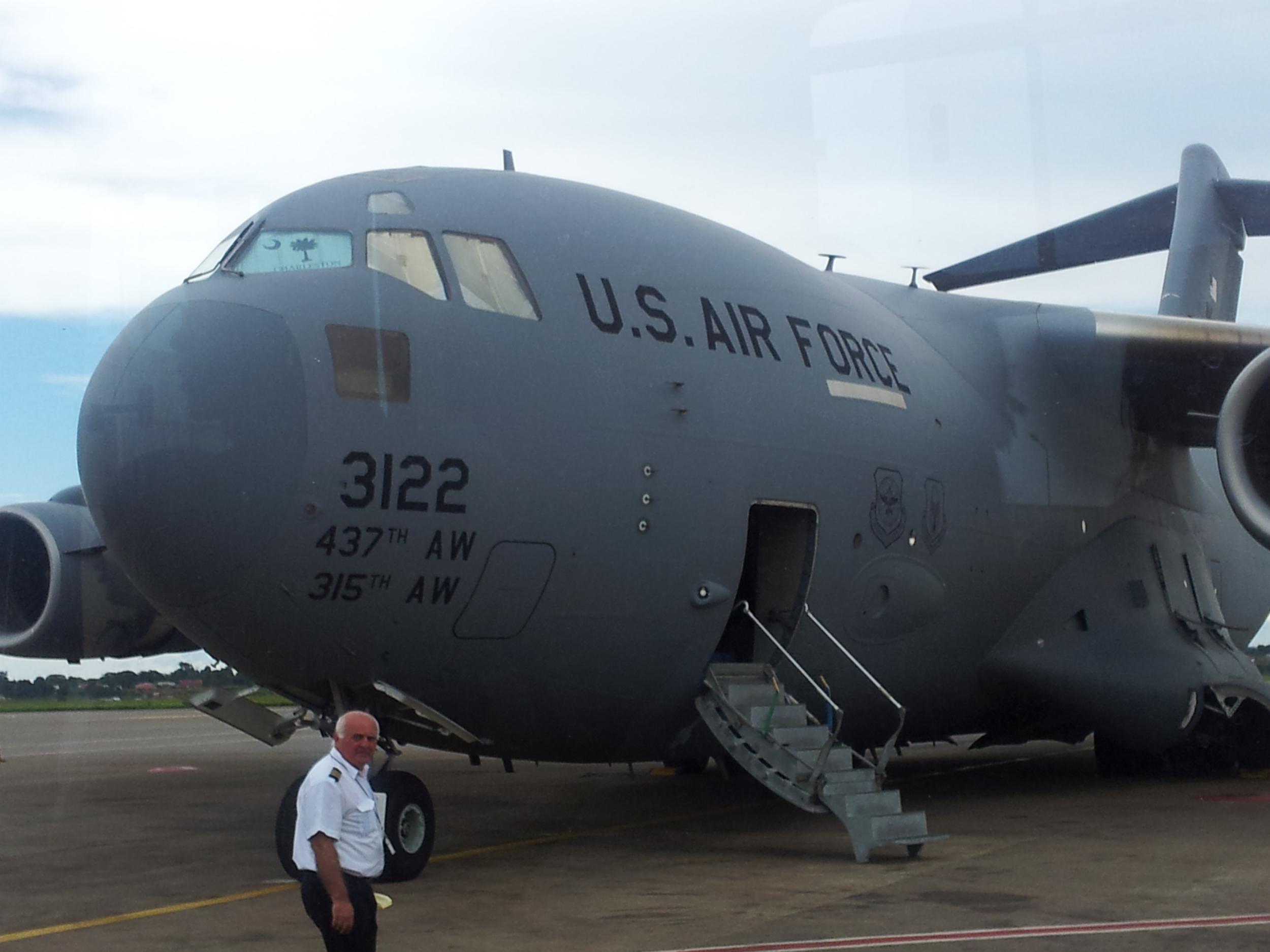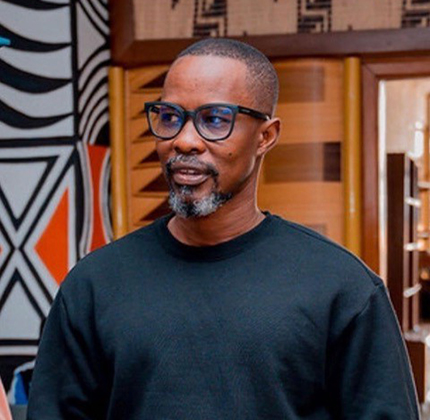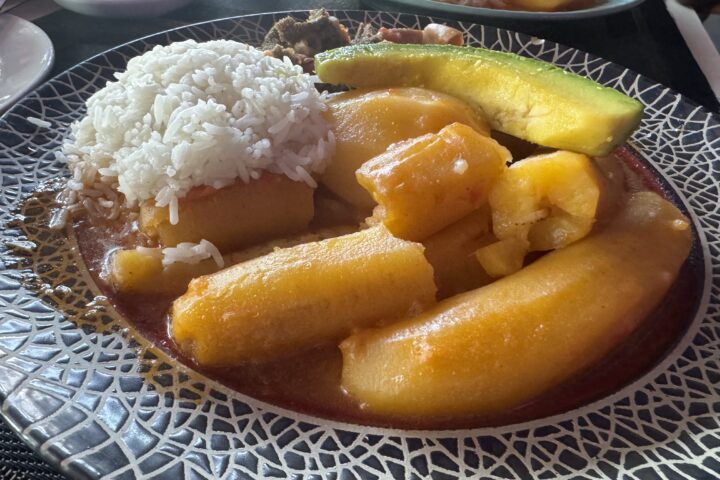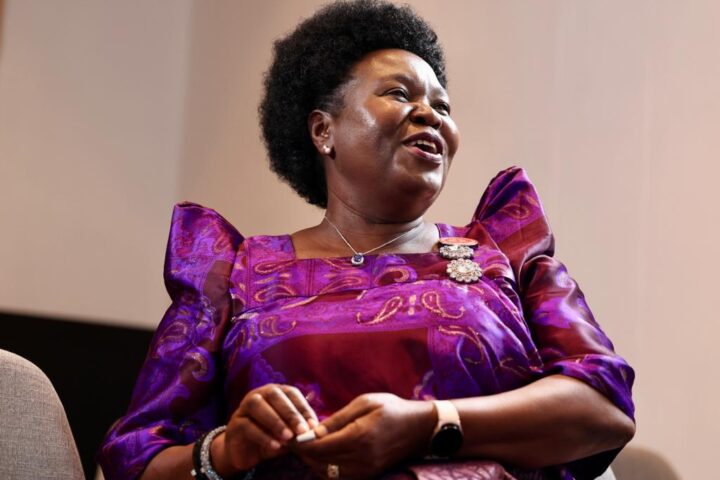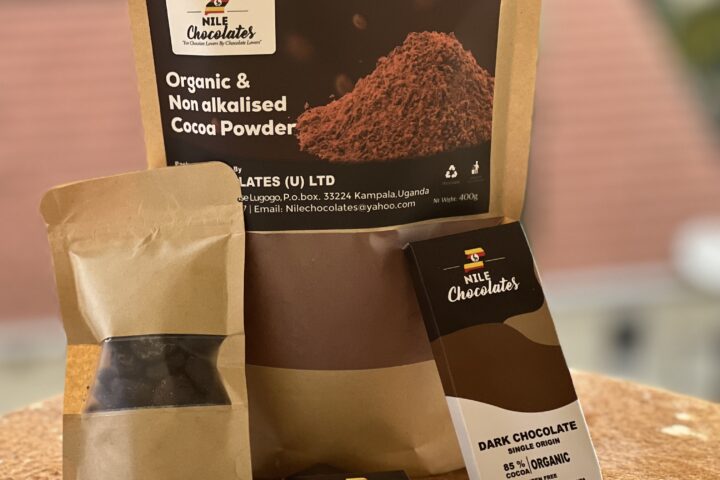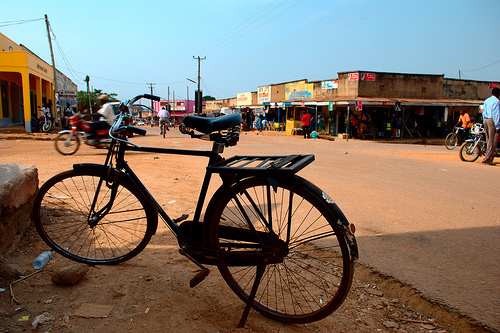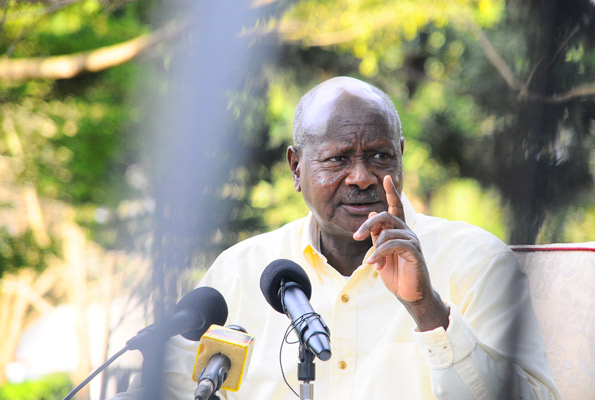There is a lot happening with the stamp of Uganda in it these days.This last week has been the most memorable, what with the “Oil Debate”, a presidential press conference on the same, and the arraignment of senior cabinet ministers in court over graft. It is telling that the ministers included the longest serving Mp and foreign minister Hon Sam Kutesa, who is also the brother-in-law of President Yoweri Museveni. The other is the NRM Whip Hon John Nasasira- whose tenure in the Ministry of Works for over a decade eventually earned him the rather dubious reputation associated with the bumpy state of Ugandan roads. Then Uganda’s Kiseka market, the poster-child of the political economy of the country, its millions of young, poor, angry and riotous majority somehow made it to the front page of the New York Times. Clearly Uganda is newsworthy. Yesterday as I trolled the monthly media party at CP ( Centenary Park) the buzz was about a decision by President Barack Obama to send US Special Forces (to be fair these have been cooperating with Uganda and other governments for a while now) to Uganda. On twitter this morning, tweeps were speculating what it is about the country that is attracting headlines and headliners. Some say its oil. Most say it is oil.
Well US military involvement ( the photo above was taken on Wednesday at Entebbe as the forces apparently deployed) in this here parts has a history. A good place to start nowadays is the Wikileaks cables for a sense of the scope of Washington’s interests here. But again perhaps what is different about the current deployment is it’s large number and mission. The stated aim of the US Special Forces is to eliminate Joseph Kony, the leader of the Lord’s Resistance Army. The strategic goal is further afield.
Getting rid of Joseph Kony follows legislation in the United States, pushed by NGO’s with perhaps historical bi-partisan support even for Congressional standards. The logic it’s been argued publicly is that the death of Joseph Kony would unscramble the LRA and bring about its demise generating greater security in the region.
Its been long since 2007/8 when I was theorizing about the possibility of a regional multilateral approach to security in the Great Lakes Region as a Reagan-Fascell Democracy Fellow at the National Endowment of Democracy in Washington DC. My thinking at the time was the nature of rebel movements like the LRA – most of who are proxies for nearby governments. The theory then if LRA were to confront a political situation where erstwhile rivals like Uganda and LRA’s sponsor, Khartoum, were cooperating, then it would loose the patronage it requires to survive. This remains largely true.
In 2008, Operation Lightning Thunder showed that such cooperation could affect the long-term military viability of groups like the LRA. This present deployment is in effect a mop-up operation. Ugandan Special Forces with US cooperation have been casting a wider net around the group with the cooperation of the Congolese, South Sudanese and Central African Republic Governments for a while. In fact the scale of Ugandan involvement has largely been underplayed- though leaked US cables revealed recently that up to 2000 troops, probably more, were dedicated to the LRA problem by 2009.
A month ago today the US Africa Command head Gen Carter Ham laid out the scope and rationale of US military operations in Africa and did hint that official troop would be raised “incrementally”. The Stuggart based command operates on a philosophy of cooperating with African militaries and government’s where the latter would improve their capabilities to provide their own security. At an extreme level this has been tested in Afghanistan and Iraq with mixed results.
One way to therefore put the US troop deployment in context is to consider the political lay of the land, US ambitions in the region, it’s general strategic goals and what is considered the “reciprocal leverage” of nearby governments including Uganda to also pursue domestic interests in the course of partnering with Washington. The story of that partnership is still evolving and some, like Makerere/Columbia based Professor Mahmood Mamdani will have a lot more to say about the geo-political situation created by heightened US military presence in Central Africa. I have two things to say about the present deployment. One is that it cannot be seen narrowly without factoring in the political context within which it’s happening.
Growing multilateral security here requires that the application of the correct analysis of the political map of the area. One mistake that has been repeated is to see countries in the region conventionally with national and sovereign borders. Uganda, DRC, Sudan, Rwanda and even Central African Republic can also be seen as only being separated by yesterday’s colonial borders. The history of wars in the past 15 years and the governments they have spawned however tell a different story, one of more commonality in terms of history and security. Rwanda’s President Paul Kagame and military elite were once serving officers in Uganda as was the DRC President Joseph Kabila and his late father. Additionally the Ugandan army has operated almost as a division of the South Sudan People’s Liberation Army in the latter’s fight for autonomy from Khartoum.
The political rationale of these many interfaces between the governments and their leaders has been the missing link in augmenting the success of multi-lateral security architecture for the region. Without it military cooperation is trapped within national borders and could perhaps even enhance regional conflicts as nationalists compete for Washington’s patronage. As we have seen during the Great Lakes wars the uniquely close relationship between say President’s Kaguta, Kagame and Kabila did not stop their armies from clashing.
The other challenge is how US military assistance and the Department of Defense can keep Washington’s overall interest in tandem with its military activities. A major debate emerging in Africa today is about the race for resources (Uganda’s oil comes to mind, ahem) against the loud presence of China on the continent. Neo-imperialism is vogue again.
Many African governments will treat increased US presence with suspicion and look over their shoulders at what non-cooperation could mean. In the 60’s when the last competition between global powers happened it ushered in a period of insecurity. There is no reason to say those days are past. After all NATO has invaded Africa via Libya which may be considered simply as the extreme of the range of options that the West has in getting its will done on the continent. The era of drones may not be reason for African governments to go to bed unbothered. There is a different context yes. While China marches to State Houses with bags of money for commercial ventures, the US military is making transfers to African armies as well through military hardware. Both are seeking influence of one sort or the other and African governments including Uganda must balance both. The question how that competition will affect the stability of these countries is still moot.
Finally, on the “kill or capture” against JK
I first heard of a kill order in 2009 shortly after Barack Obama took over. It had apparently been one of the last acts of the Bush Presidency (Bush hated Kony). Those in the know said George Bush would often ask his people “ is he dead yet?” in reference to Kony. I don’t have much information about the present operation but am confident to say its been pushed for publicly for many years now and probably researched and planned even more since. Kony’s 9 lives may be ending finally after all.
Lets wait and see.

